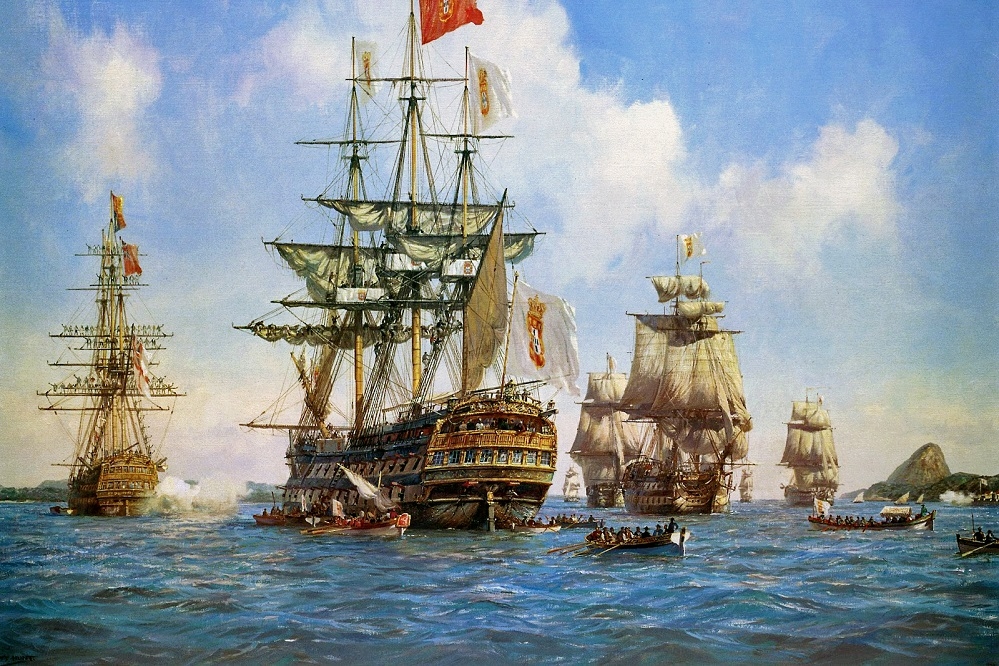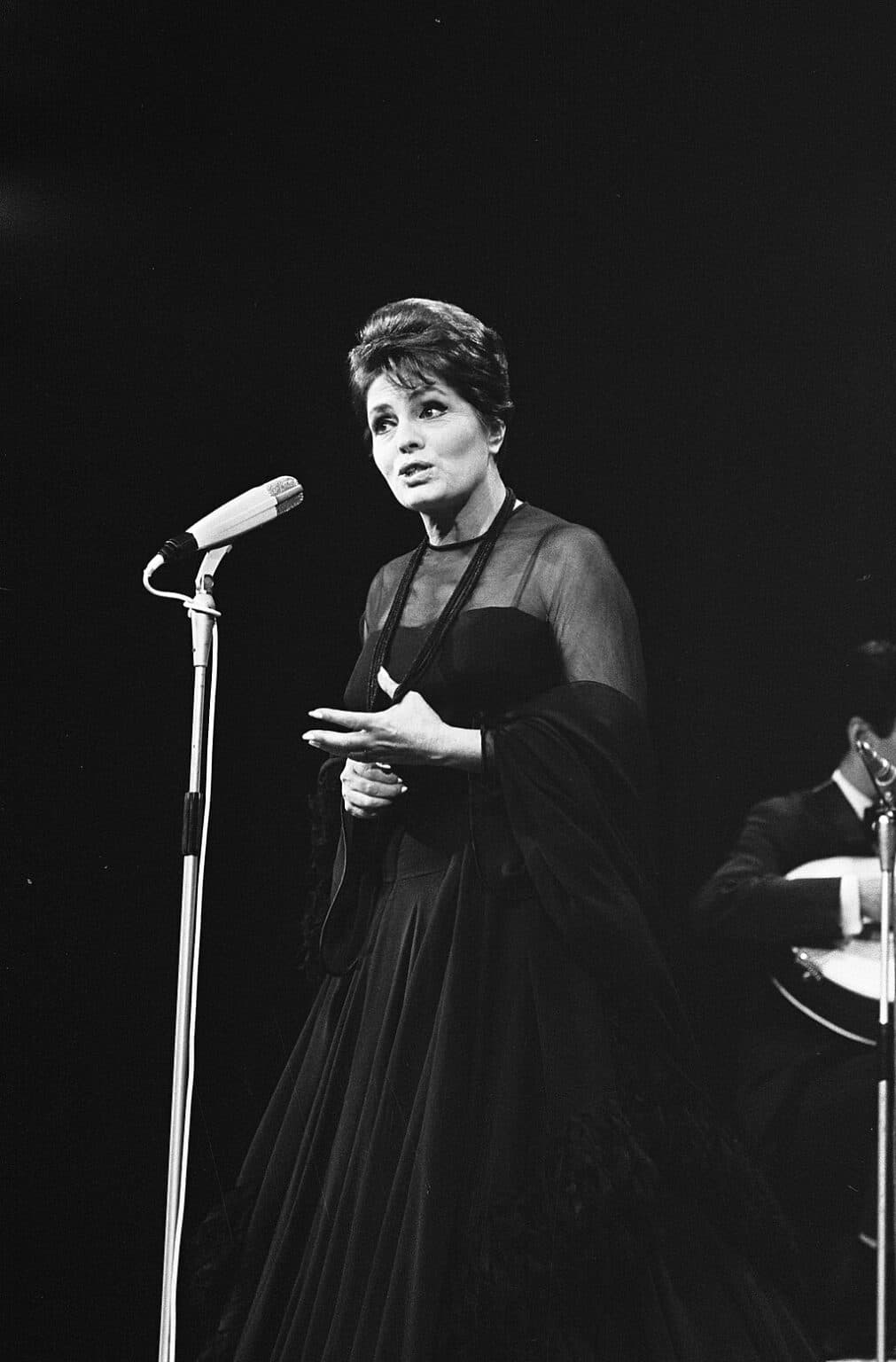
Picture this : it’s the late 14th century. A small country on the edge of the Atlantic, sails in the wind, a few daring sailors, and one big dream to discover what lies beyond the horizon ! That’s how the incredible adventure of the Age of Discovery begins, with Portugal taking center stage. And no, it wasn’t just about sketching maps it was a full-on world revolution… and, let’s be honest, a massive “let’s go and see what happens” gamble (spoiler : it paid off).
Why Portugal ? (a bit of context, because context matters)
Portugal had quite a few tricks up its sleeve (and impressive ones at that).
First, a long Atlantic coastline, basically, a giant balcony overlooking the ocean where sailors learned early on how to read the winds and tame the waves. Add to that a few navigation breakthroughs : the caravel, the compass, the astrolabe… in short, the ultimate explorer’s starter pack. And then there was this slightly crazy but very profitable obsession : finding a new route to India and its spices. Because yes, pepper burns your tongue… but it fills your purse.
The first major milestone came in 1415, with the conquest of Ceuta (in Morocco). It was a turning point : not only did Portugal set foot on the African continent, but it also symbolically opened the door to what would become the Age of Discovery. From that moment on, there was no going back, the Portuguese were officially looking to the horizon.
And then came the legendary Infante Dom Henrique (yes, there’s a bridge named after him in Porto), better known as Henry the Navigator. This visionary prince (who, fun fact, wasn’t actually a sailor, life’s little ironies !) realized before anyone else that knowledge was the real engine behind exploration. He financed expeditions, founded a maritime research center in Sagres (down in the Algarve), commissioned maps and trained navigators. In short, while others saw the ocean as a barrier, he saw a highway to the unknown. And thanks to that bold spirit, Portugal was about to literally redraw the map of the world.

The major milestones (yes, time to travel back with me)
It all kicked off in 1419–1420, with the discovery of Madeira and Porto Santo, the perfect testing grounds for what was to come. In 1488, Bartolomeu Dias rounded the Cape of Good Hope, opening the gate to India. Then, in 1498, Vasco da Gama reached Calicut, boom, mission accomplished ! Portugal was no longer just “by the sea”, it was in the world. And in 1500, Pedro Álvares Cabral “accidentally” stumbled upon Brazil. Accident or not, that was a major win. (Well played, Pedro !)
So, what did all this actually change ?
Bit by bit, the map of the world transformed. Those blank corners labeled “Terra incognita” (aka “we have no clue what’s out there”) started filling in. Mythical lands became real, the coastlines of Africa sharpened, Asia took shape, and before long, the Americas made their grand entrance. Humanity went from fantasy to geography from “there be sea monsters” to “oh, turns out that’s just a cape”.
It was also when Europe’s center of gravity shifted. Gone were the days when everything revolved around the Mediterranean : from now on, the Atlantic set the rhythm. Portugal became a sort of Versailles of the oceans, no masquerade balls, but caravels, globes, and fortunes rising and falling with the tides. Lisbon glittered, the ports buzzed, and the world quite literally opened up to new routes, new ideas, and new riches.
And in the midst of all that excitement came an unprecedented mix of cultures. On the seas, sailors, scholars, merchants, and artists crossed paths, each bringing a piece of the world back home. Spices from India, fabrics from the East, ideas from afar… The globe began spinning a little faster, and the world suddenly felt smaller, not yet thanks to Google Maps, but close !
Of course, the Age of Discovery wasn’t a Disney fairy tale. There was slavery, exploitation, fierce rivalry between European powers, deadly voyages, and immense human loss. It’s important to acknowledge that. So yes, the Portuguese changed the map of the world but the cost was high, especially for those who paid it.
Why does it still matter today ?
If you pass by the Padrão dos Descobrimentos in Lisbon, take a moment. That monument is a tribute to those navigators icons of a magical yet complex era. Fado, azulejos, even Portuguese cuisine, they all carry traces of that time when cultures met and blended. And if you ever stand by the sea, facing the Atlantic, take a deep breath and think : “From here, they once looked toward the other side of the world.”
So… ready to set sail ?
Picture yourself on a caravel, seagulls overhead, the ocean breeze on your face, that mix of fear and thrill knowing every wave could lead you somewhere new. The Portuguese took that leap. They hoisted their sails, faced tempests (and maybe a few mythical sirens), and opened a brand-new chapter in history.
Today, when you glance at a map, a globe, or your phone on Google Earth (yes, Gen 2.0 style), remember : in some way, it all started here, with a tiny country bold enough to dream big. Now go on, stick a compass in your pocket (or an app, same thing… unless your phone dies), imagine the sails billowing, and tell yourself : “Yes, I’m walking in the footsteps of a small nation that dared to dream on a global scale.”
Share this article
Suggested articles

The Portuguese Colonial Empire, greatness and the end of an era
It is astonishing to think that a small country on the edge of Europe once ruled the seas and shaped global history. In the fifteenth century, Portugal, with barely over a million people, became the beating heart of the Age of Discovery. It was the age of sailors, dreamers and merchants who turned the unknown into possibility.

Amália Rodrigues, the diva who made fado shine across the world
Some artists do not just sing; they embody emotion, history and identity. Amália Rodrigues was one of those rare souls. Born in 1920 in Lisbon’s Mouraria district, she grew up among street vendors, laughter and hardship. There, she discovered fado, the music of love, loss and longing.

António de Oliveira Salazar and the Estado Novo : Shadows and Legacies of a Dictatorship
When I think back to my parents’ stories, leaving Portugal for France at the end of the 1960s, I see in them the reflection of an entire country that took to the road. Their departure wasn’t just a “change of scenery” : it was a flight, a gamble, a hope. And behind that decision lay the weight of Salazar’s long dictatorship, a regime that shaped Portugal for nearly forty years. (And to think that Portugal has only been “free” for about 50 years… yes, it really wasn’t that long ago !)

The Lisbon Earthquake of 1755 : an event that shook Europe
On November 1st, 1755 (All Saints’ Day), the city of Lisbon woke up to the sound of church bells, the faithful filled the pews… and suddenly, the ground began to shake. Around 9:40 a.m., an earthquake with an estimated magnitude between 8.5 and 9.0 struck the city, followed by a devastating tsunami and massive fires that tore through its neighborhoods… You’ve probably heard of it, right ?

April 25th : a revolution like no other (and with flowers, please)
It’s not every day that a dictatorship collapses… in a festive atmosphere filled with red bouquets ! And yet, Portugal pulled off that miracle. On April 25th, 1974, while Europe was quietly waking up, Lisbon was vibrating to the sound of a song Grândola, Vila Morena and the scent of a symbol that would become immortal : the red carnation.


